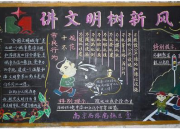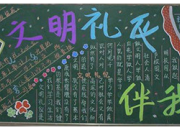初中英语介词的知识点总结
时间:2021-08-31导语:介词是一种用来表示词词, 词与句之间的关系的词。在句中不能单独作句字成分。介词后面一般有名词代词或相当于名词的其他词类,短语或从句作它的宾语。以下是小编为大家整理的初中英语介词的知识点总结,欢迎大家阅读与借鉴!
一、表示时间的介词
时间介词有in , on,at, after, since,during,by,before,after,until等,前三个介词用法有个口诀: at午夜、点与分,上午、下午、晚用in。
年、月、年月、季节、周,之前加上介词in。
将来时态多久后,这些情形亦用in。
日子、日期、年月日,星期之前要用on。
其余几组常见的时间介词辨析如下辨析如下:
1、时间介词in与after 的用法辨析
介词 in + 一段时间用于一般将来时。如:We’ll go to school in two weeks.
介词after + 一段时间用于一般过去时。如:My mother came home after half an hour.
介词after + 时间点常用于一般将来时。如:We’ll go out for a walk after supper.
2、时间介词for与since的用法辨析
介词for 表示一段时间如:I have been living here for 10 years.
介词since 表示从过去某一时间以来如:I have been living here since 2000.
3、时间介词before与by的用法辨析
介词before表示“在…之前”如:He won’t come back before five .
介词by表示“到…时为止,不迟于…”如:The work must be finished by Friday.
4、时间介词during与for的用法辨析
当所指的时间起止分明时用介词during如:He swims every day during the summer.
如果一段时间不明确则用介词for如:I haven’t seen her for years.
5、时间介词till与until用法的异同
till和until用在肯定句中,均可表示“直到…为止”,如:I will wait till(until)seven o'clock.
till和until用在否定句中,均可表示“在…以前”或“直到…才”。
如:Tom didn't come back till(until)midnight.
till多用于普通文体,而 until则用于多种文体,并且在句子开头时,用until而不用till如:Until he comes back,nothing can be done.
注意:在last, next, this, that, some, every 等词之前一律不用介词。











